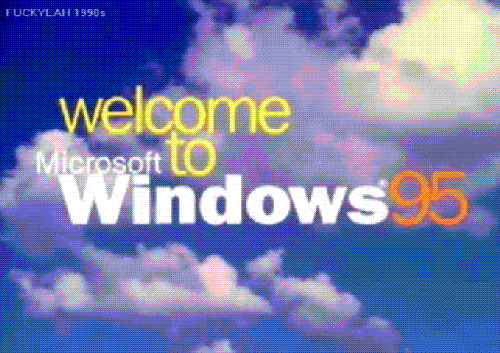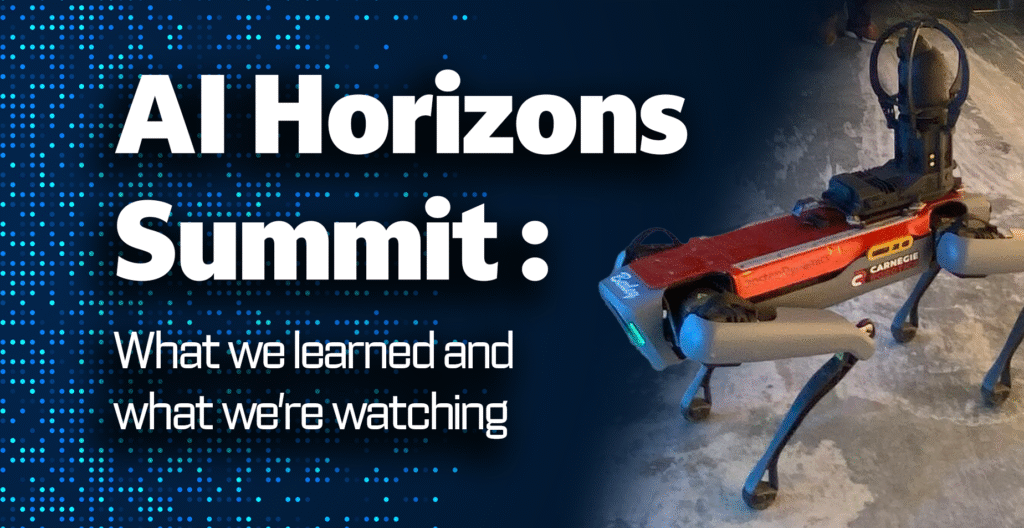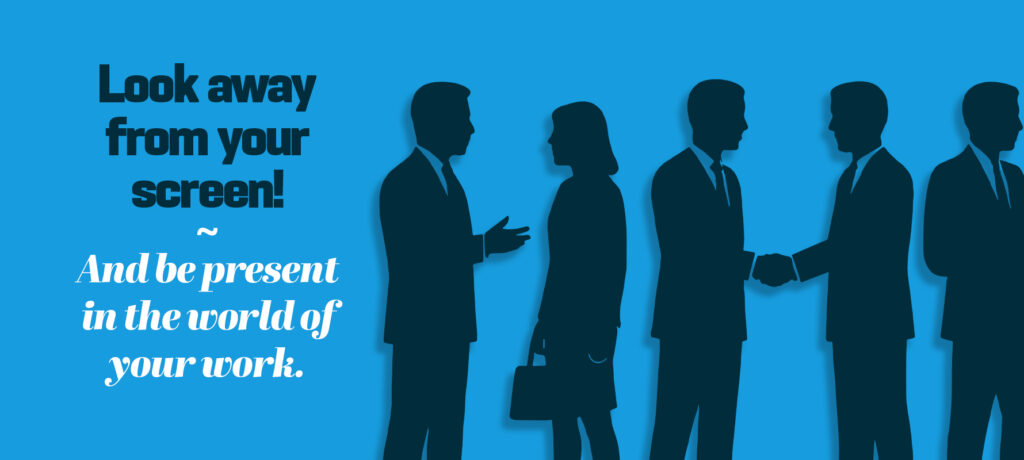The first time I read one of my favorite quotes about life was on social media. Absent-mindedly, I scrolled through my phone and found inspiration in the words of a Greek philosopher who lived over 2,500 years ago. If only Heraclitus could see himself quoted on Instagram.
“The Only Thing That Is Constant Is Change.” – Heraclitus, 500 B.C.
This is the world we live in.
Twenty-five years ago, Larry Ceisler founded the firm that is now Ceisler Media. His focus was mobilizing people behind issue-based campaigns and developing messages that would resonate with the general public and the media.
In many ways, the firm’s focus hasn’t changed, but the tools and technology certainly have. (Hello, Windows 95!)

Fast-forward to 2019. Algorithms change, new functionalities just seem to appear, and a tweet can spur a movement.
As the leader of our digital and creative services team, it’s a crucial part of my job to keep up with ever-changing social media platforms and the best practices for using them.
This past week, I have been in Orlando at the Social Media Conference for PR, Marketing and Corporate Communications at Disney World. Ceisler Media did not send me to Disney to meet my favorite childhood characters (although, I was more excited than I expected to meet Mickey and Minnie). Our leadership knows that we need to learn the best new strategies in social media to present to our clients.

I was lucky to hear from leaders in my field who work at top companies and organizations like HBO, Wendy’s, Disney Parks, and Good Morning America.
Here are some of my biggest takeaways from the conference:
As social media platforms evolve, it is becoming more resource-intensive to be a player in this arena. First of all, Facebook, Twitter, LinkedIn and others have monetized as many aspects of their platforms as possible. While the team at HBO can afford to put a six-figure budget into creating custom Twitter emojis and Snapchat filters, an average small to midsize company cannot. In addition to having large budgets for advertising on these platforms, big brands have large teams involved in creating original content to break through the noise. For smaller companies and organizations, it is even more important to focus on using one or two platforms proficiently as opposed to spreading themselves too thin on platforms that will not give a great return on investment.
Most of the speakers I heard from emphasized that their social strategies in 2019 evolved around producing original video content. The process that goes into this video content was more than just setting up a camera. Many of these brands spent a great deal of time on the front-end of the project, building partnerships with influencers who would either produce the content on their own or feature it in brand content. In addition to paying influencers, many of these brands hire in-house videographers and editors or work with agency partners in order to keep up with the sheer volume of content they are aiming to produce. One way that smaller companies can keep up is to create mutually beneficially partnerships with others in their community to team up on creating and sharing content.
Many of the speakers I heard from were having success with quick responses to community engagement. It was interesting to see that a lot of the companies that were able to do this most effectively were small to midsize companies and organizations that get a lower volume of comments and mentions. The largest brand that I heard from that really took the time to engage with the people who mentioned them was Wendy’s. At Wendy’s they have a goal of using social media to “make friends first and then invite them to lunch.” The folks who run Wendy’s Twitter account have been nationally-recognized for their success in using their sassy brand voice (their words, not mine) to engage with followers on topics like video games and pop culture. Not everyone is sassy like Wendy’s, but replying to your “fans” with a thank you or a positive message can go a long way regardless of your brand’s persona.
Just like in relationships, the first step to solving a problem begins with listening. If companies are smart, they are using social listening to get a real sense of what they need to do to keep their customers happy and take an accurate pulse on how their followers are feeling about particular topics. I was impressed with how humble some of the big brands are about receiving feedback from their followers on social media and turning that feedback into real solutions and content for their customers. The maturity that was shown in companies that employ social listening will surely result in more successful companies that adapt to consumer needs over time.
Data, data, data. Every single speaker I heard from emphasized the important role that data plays in their content strategy. Many of the key metrics that were being discussed, such as engagement and video views, were standard across the industry. Beyond that, I left with more questions and information overload about tools and metrics that others are using. There are so many new tools for reporting and data analysis available right now. There have been a lot of new tools surfacing and company acquisitions in this space in the past couple of years. From what I heard, many of the social media marketers in the room were overwhelmed by the amount of options and metrics available. I think the reporting software that reigns supreme over the next couple of years will have the most granular data available for multiple social platforms in one easy-to-use dashboard.
Attending the Ragan Disney Social Media Conference has certainly shown me that Ceisler Media is not alone in making the effort to adapt to the ever-changing digital landscape. In a few years, I am sure that I’ll get a laugh out of looking back at the antiquated technology in 2019. Until then, we will keep striving to stay ahead of the curve on social media for our clients.

Elizabeth Stoner is the Senior Manager Digital & Creative Services at Ceisler Media and is based out of Pittsburgh.



